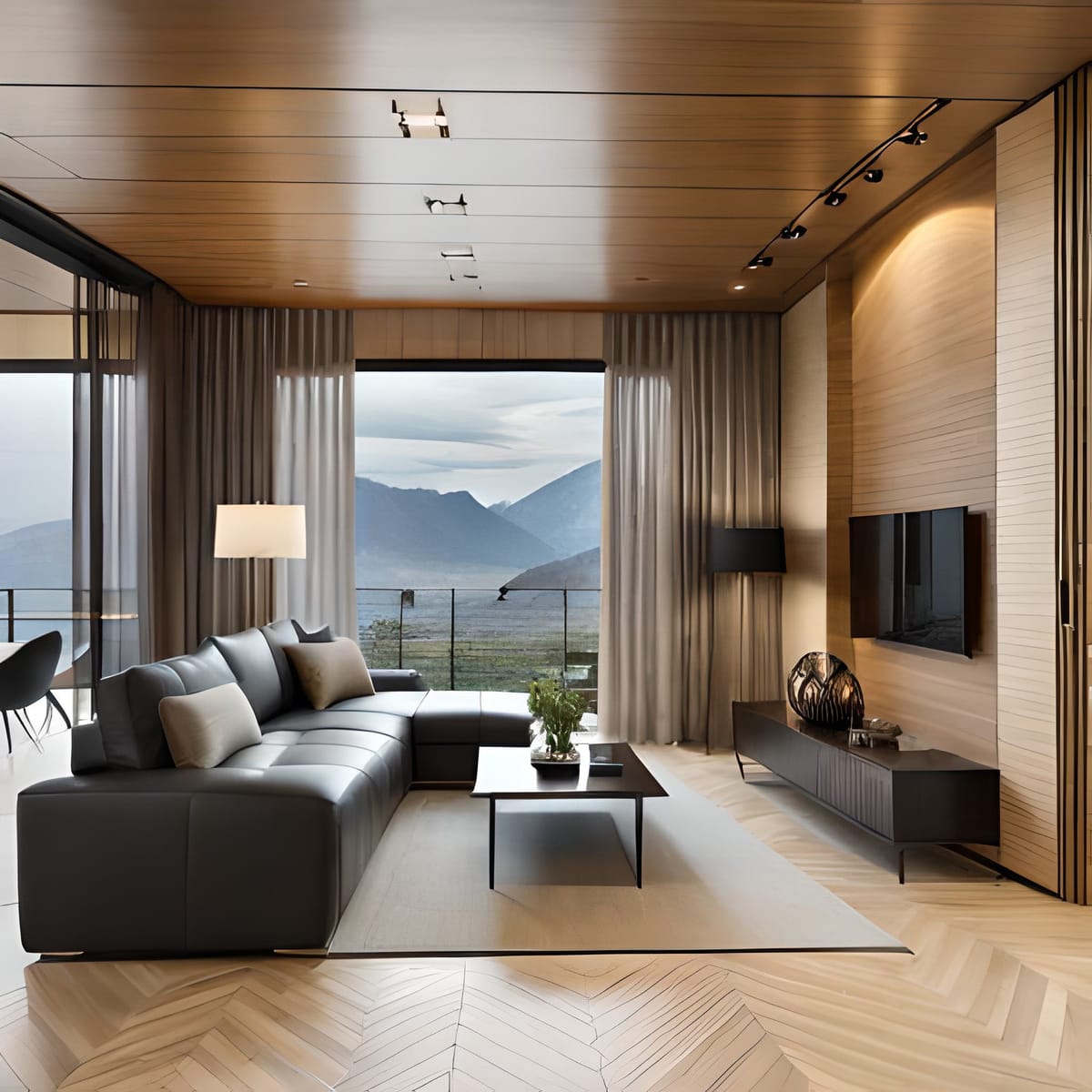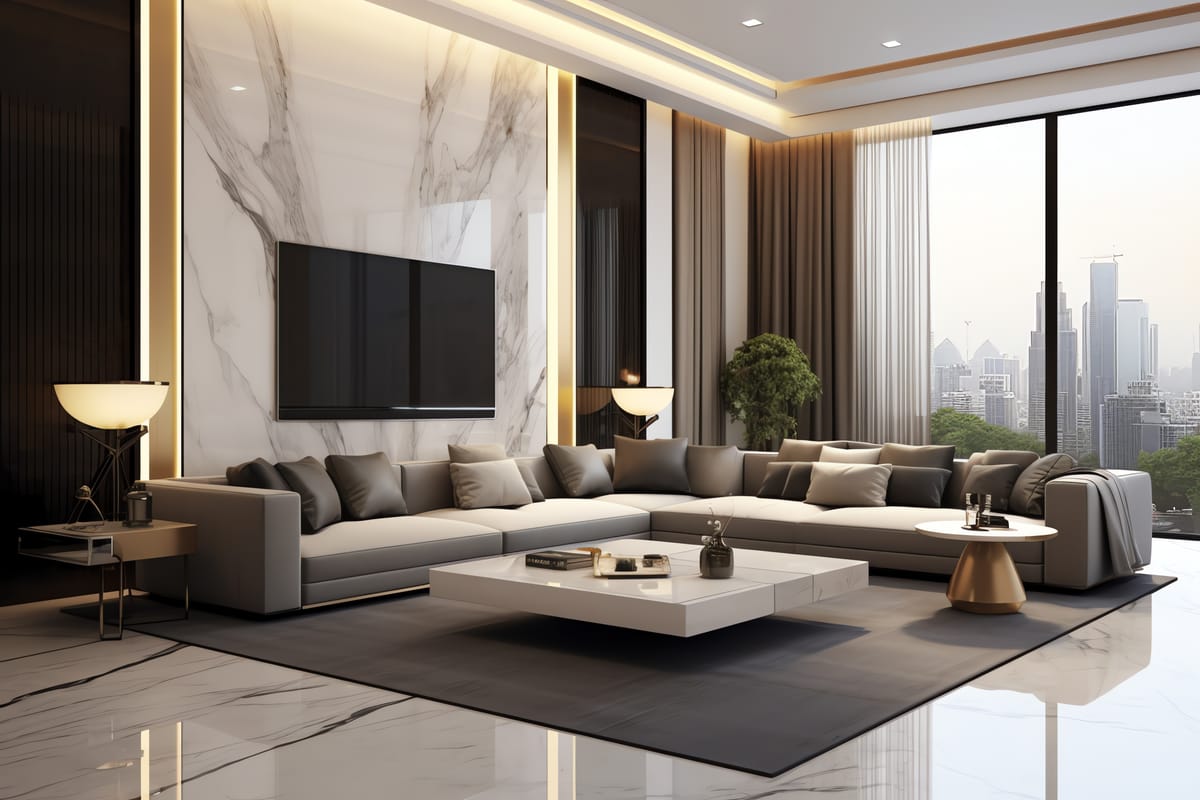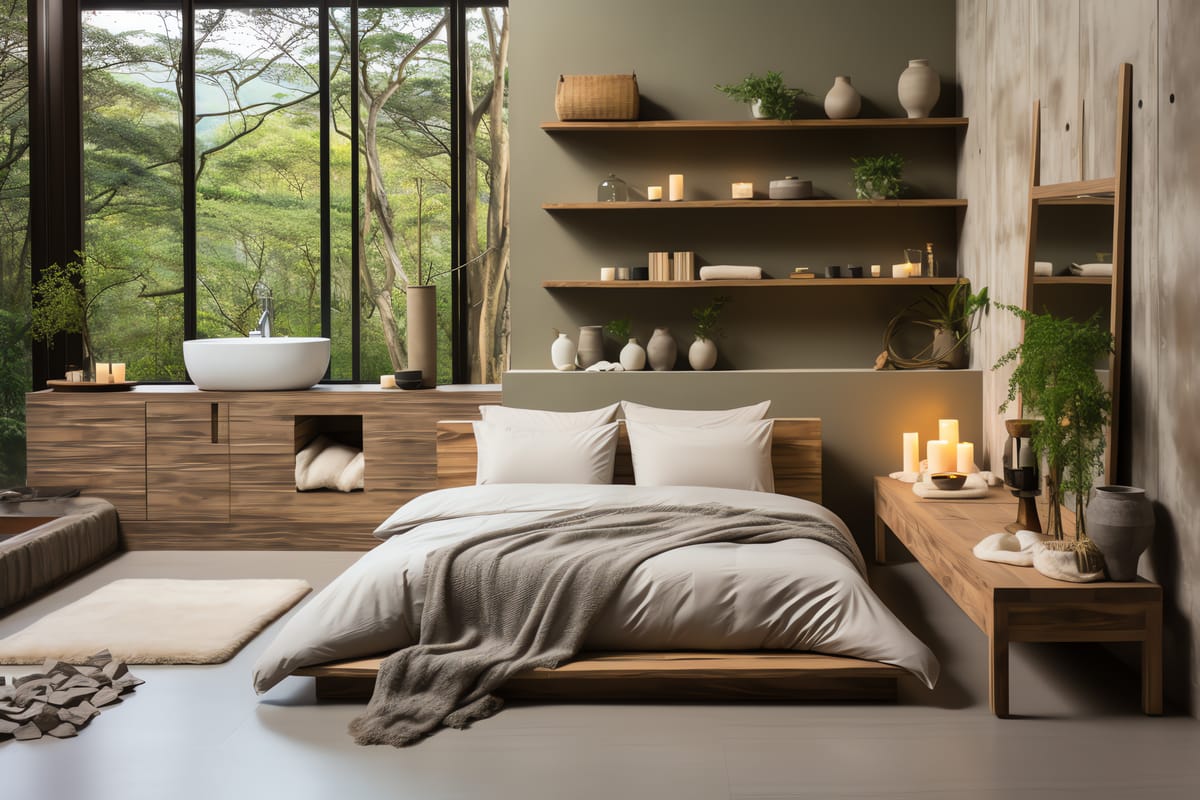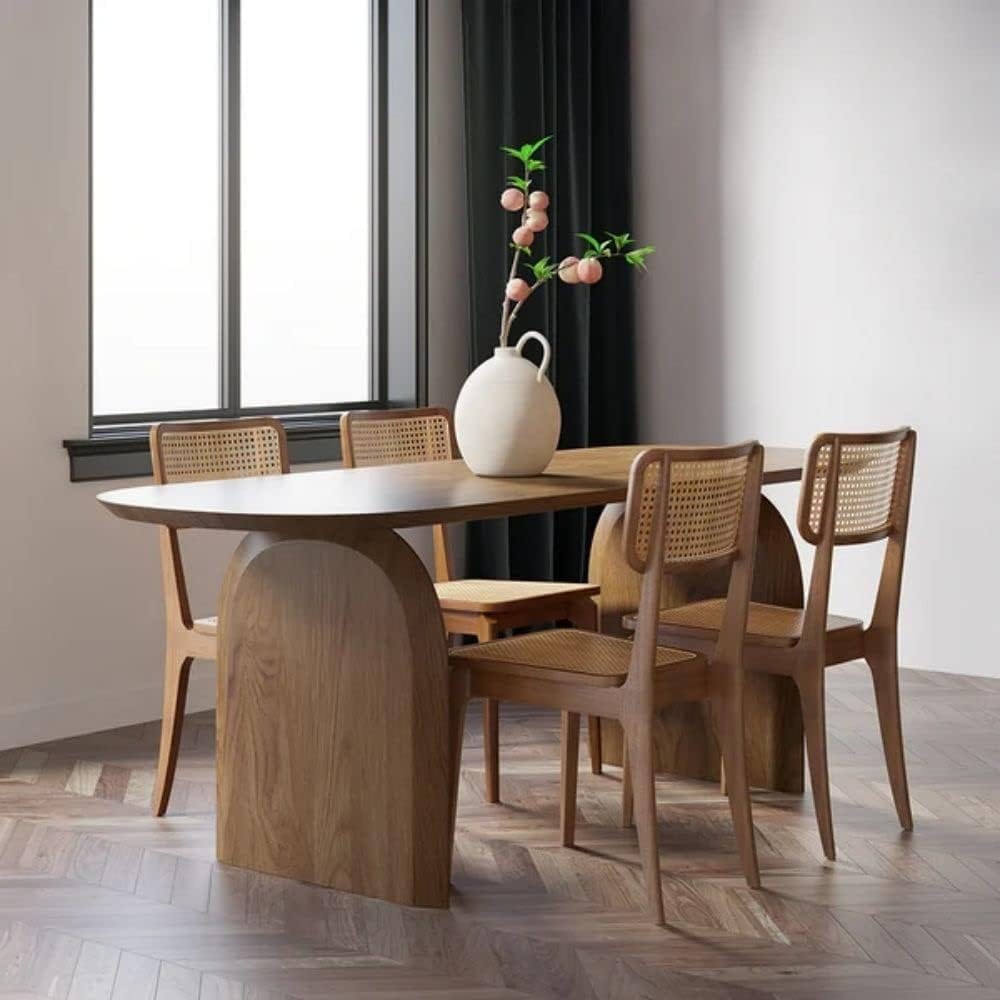Key Takeaways:
- Japandi kitchen design combines the minimalist appeal of Japanese and Scandinavian aesthetics to create a functional and serene kitchen space.
- Utilizing natural materials, clean lines, and a muted color palette are key elements in achieving the Japandi-style kitchen.
- Hidden storage solutions and a focus on quality craftsmanship ensure a clutter-free and elegant kitchen environment.
Japandi, a design trend that marries the minimalist sophistication of Japanese design with the cozy warmth of Scandinavian hygge, has taken the world of interior design by storm. This fusion creates a dream kitchen that is not only stylish and modern but also deeply rooted in the principles of simplicity, functionality, and connection to the natural world. In this article, we'll explore how to bring the Japandi-style kitchen into your home, offering practical japandi kitchen design ideas that embody this unique aesthetic.
The Essence of Japandi Kitchen Design
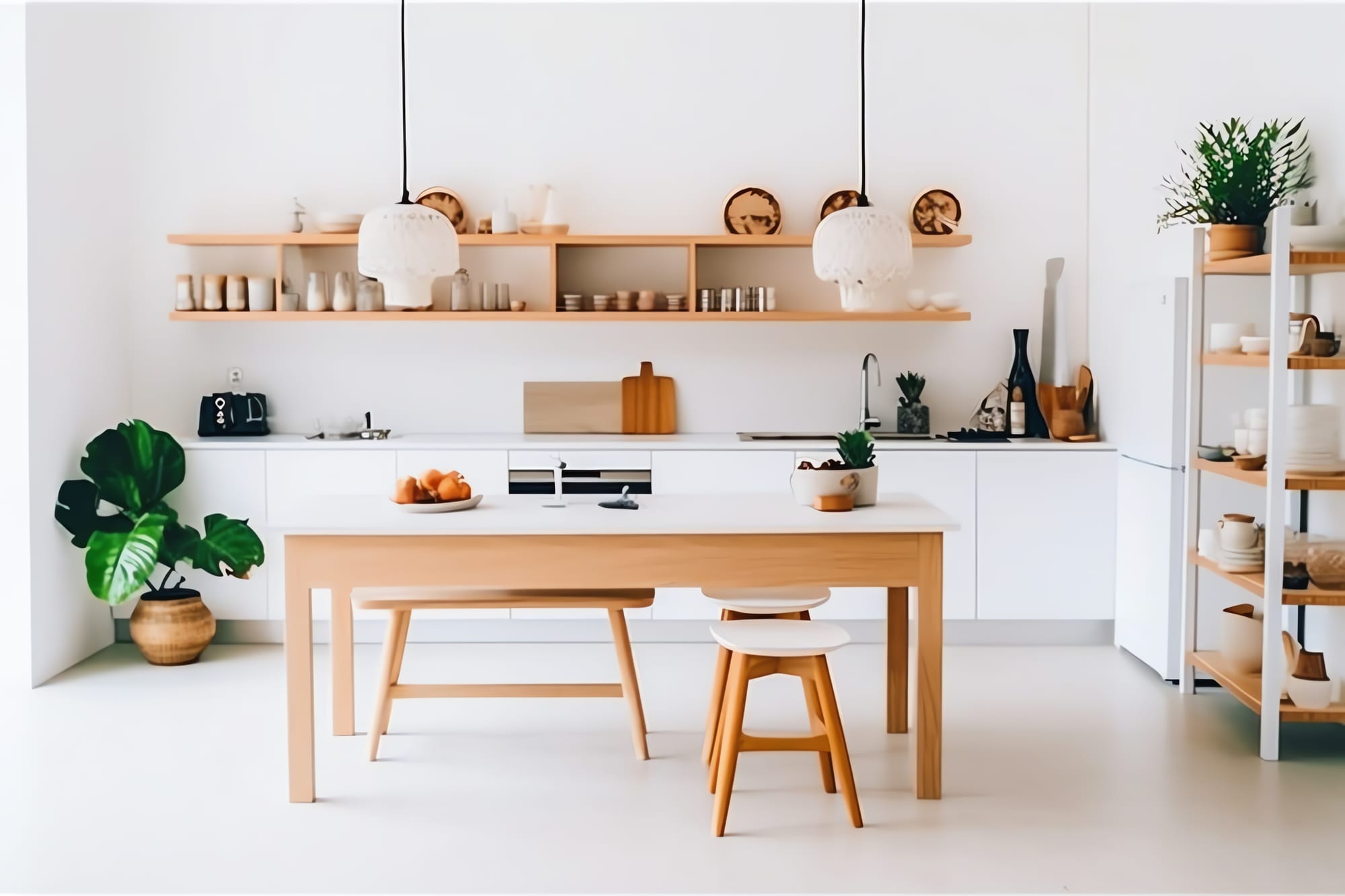
At the heart of every Japandi kitchen is the pursuit of balance and harmony. This design philosophy is evident in the careful selection of natural materials such as warm wood, bamboo, and rattan, which bring a sense of nature and calm into the room. The natural grain of wood used in kitchen cabinets or the kitchen island adds texture and depth, while the use of marble and glass introduces elegance and light.
Natural Materials and Muted Tones
In a Japandi-style kitchen, the color palette is intentionally subdued, featuring neutral, muted tones that evoke a feeling of tranquility. These soft colors help to create a spacious atmosphere, allowing the beauty of the natural materials to shine through. Oak, with its subtle natural grain, is often a material of choice for furniture and cabinetry, enhancing the room's organic appeal.
Clean Lines and Minimalist Aesthetics
Simplicity is key in Japandi kitchen design. Clean lines and a lack of clutter are paramount, with every item having a purpose and place. This minimalist approach not only creates a more spacious kitchen but also highlights the importance of functionality in every aspect of the design. From the shapes of the furniture to the layout of the countertops, everything is designed to enhance the room's feeling of serenity.
Hidden Storage: A Clutter-Free Space
One of the hallmarks of Japandi kitchens is the innovative use of hidden storage. The Japanese concept of 'wabi-sabi' – finding beauty in imperfection – is complemented by the Scandinavian practice of keeping life uncluttered. Together, they inspire kitchen designs that feature cleverly concealed storage spaces, ensuring that the kitchen remains tidy and visually restful.
The Role of Lighting in Japandi Kitchens
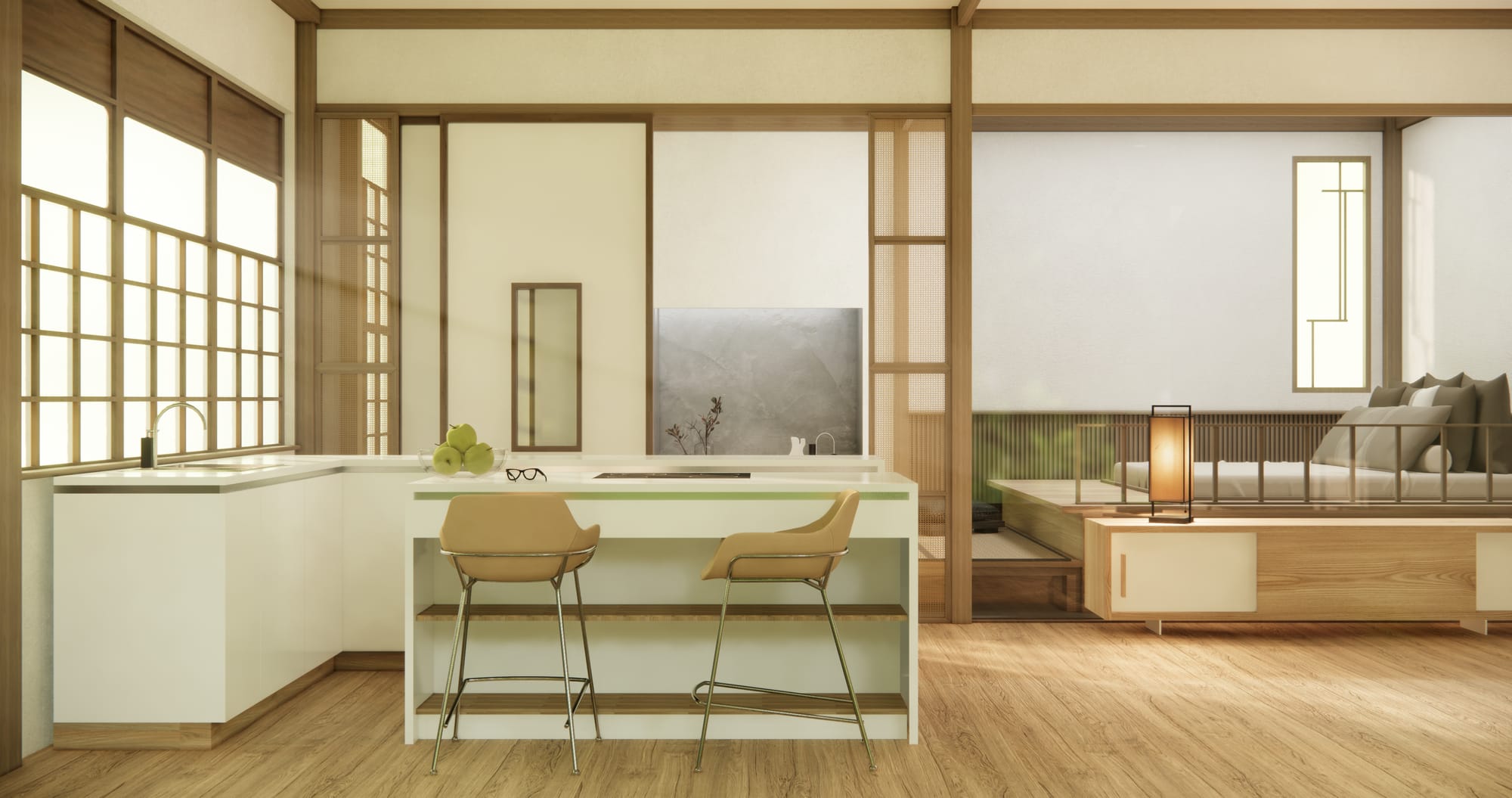
Lighting plays a crucial role in creating the right ambiance in a Japandi kitchen. The goal is to mimic the soft, diffused light found in nature, which helps to soften the room and enhance the natural materials used throughout the space. Whether through elegant pendant lights or strategically placed spotlights, the lighting should contribute to the overall calm and inviting atmosphere of the kitchen.
Wabi-Sabi: The Beauty of Imperfection in Japandi Kitchens
The concept of wabi-sabi, deeply rooted in Japanese aesthetics, celebrates the beauty of imperfection and the transient nature of life. In the context of a Japandi kitchen, this philosophy manifests through materials and designs that embrace flaws and signs of aging. For instance, a countertop with a slightly irregular edge or cabinetry that showcases the natural grain of wood can bring a sense of wabi-sabi into the space. This approach not only adds character but also tells a story, making the kitchen feel more personal and lived-in.
Incorporating wabi-sabi into your kitchen design encourages a mindful appreciation of the here and now. It's about recognizing the charm in a chipped vase or the elegance of faded wall paint. When applied to walls, a wabi-sabi-inspired tone might involve using textured plasters or paints that mimic the patina of time.
This combination of Japanese tradition with Scandinavian practicality creates a kitchen that feels both serene and dynamic, a place where every imperfection is a source of beauty and inspiration.
The Japandi Kitchen Palette: Harmonizing Walls and Tone
When it comes to the walls of a Japandi kitchen, the color palette plays a crucial role in setting the tone of the space. Neutral and muted tones are favored, as they provide a calm backdrop that complements the minimalist design. Soft whites, greys, and earthy hues work in harmony with the natural materials commonly found in Japandi interiors. These colors not only reflect light, enhancing the sense of openness but also serve as a canvas for the textures and subtle contrasts that define this style.
The combination of these tones with strategic pops of color can add depth and interest to the kitchen. For example, a muted green or blue can be used to accentuate a feature wall, bringing a touch of nature indoors. The key is to maintain balance and not overwhelm the senses.
Even the appliances, like a sleek, integrated freezer, should blend seamlessly with the cabinetry, ensuring that the walls and overall tone of the kitchen remain uninterrupted and cohesive. This thoughtful approach to color and design results in a tranquil space that invites you to cook, dine, and gather in understated elegance.
Furniture and Accessories: Finishing Touches
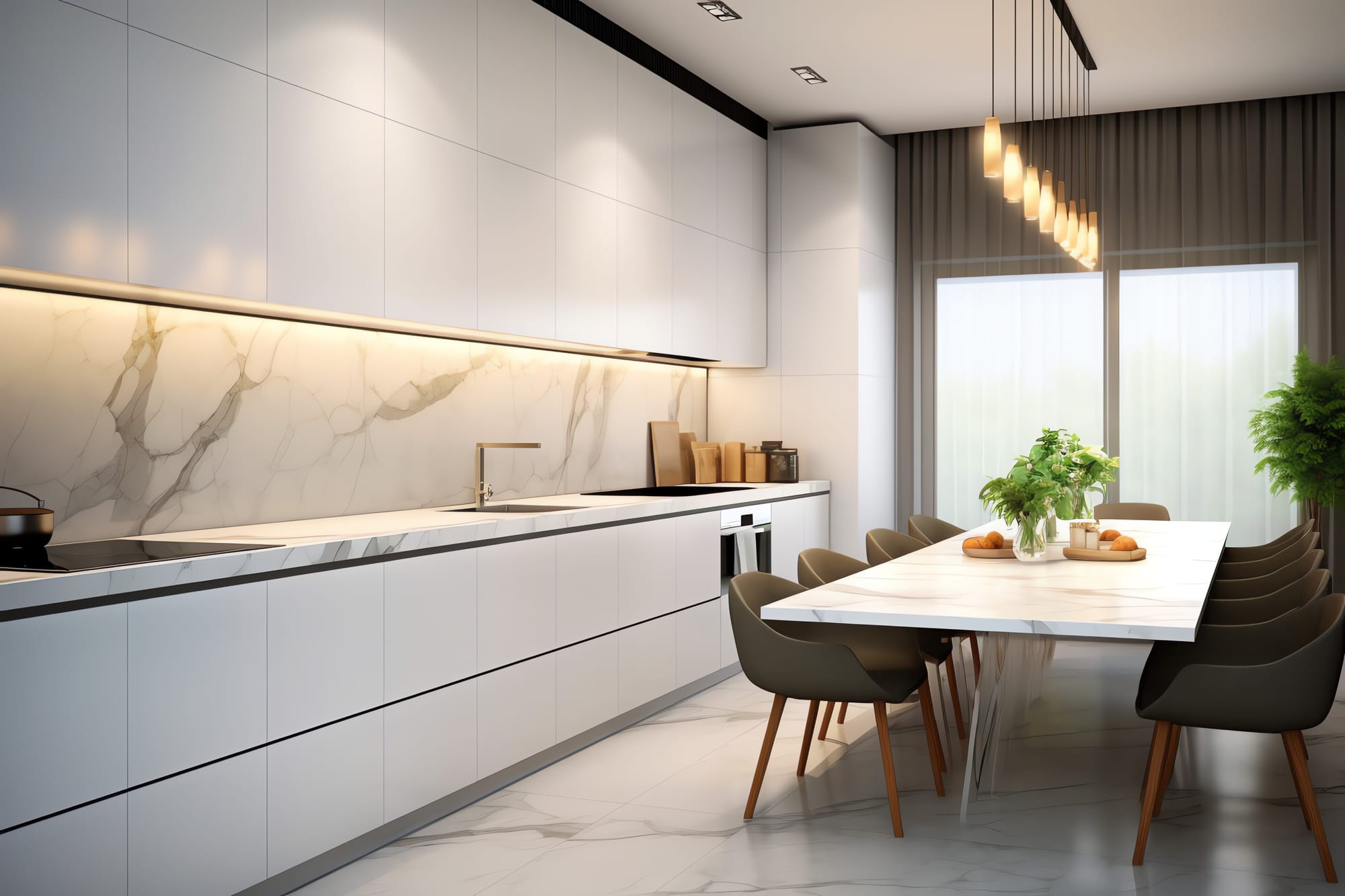
In Japandi kitchen design, furniture, and accessories are chosen with care, ensuring that they contribute to the overall minimalist and natural aesthetic. Rattan chairs or a bamboo table can add texture and warmth, while simple, elegant accessories like ceramic bowls or linen textiles provide the finishing touches that complete the Japandi look.
Creating a Japandi Kitchen Island
The kitchen island is often the centerpiece of the room, and in a Japandi kitchen, it's no different. Combining functionality with beauty, the island should feature clean lines and be made of natural materials like wood or marble. It's not just a place for meal preparation; it's a statement piece that embodies the japandi design philosophy.
The Influence of Japanese Craftsmanship
Japanese craftsmanship is renowned for its attention to detail and quality. In a Japandi kitchen, this influence is seen in the precision of the cabinetry, the smooth finish of the countertops, and the careful selection of textures that all work together to create a harmonious space.
Scandinavian Hygge Meets Japanese Minimalism
The concept of 'hygge' – the Scandinavian term for a feeling of cozy contentment – is perfectly combined with Japanese minimalism in Japandi kitchens. This blend creates a space that is not just a room in a house but a life sanctuary, where cooking and dining become experiences that nourish both the body and soul.
Achieving Balance with Japandi Kitchen Design Ideas
To achieve the Japandi look, it's important to strike a balance between the various elements of design. This means combining the sleek, modern lines of Scandinavian furniture with the organic, imperfect shapes found in Japanese art. It's a careful dance between the old and the new, the man-made and the natural.
The Art of Incorporating Japandi Elements
Incorporating Japandi elements into your kitchen doesn't have to be an all-or-nothing approach. Start with a neutral color scheme and introduce natural materials through small changes, like replacing cabinet handles with leather pulls or adding a wooden cutting board that showcases the natural grain.
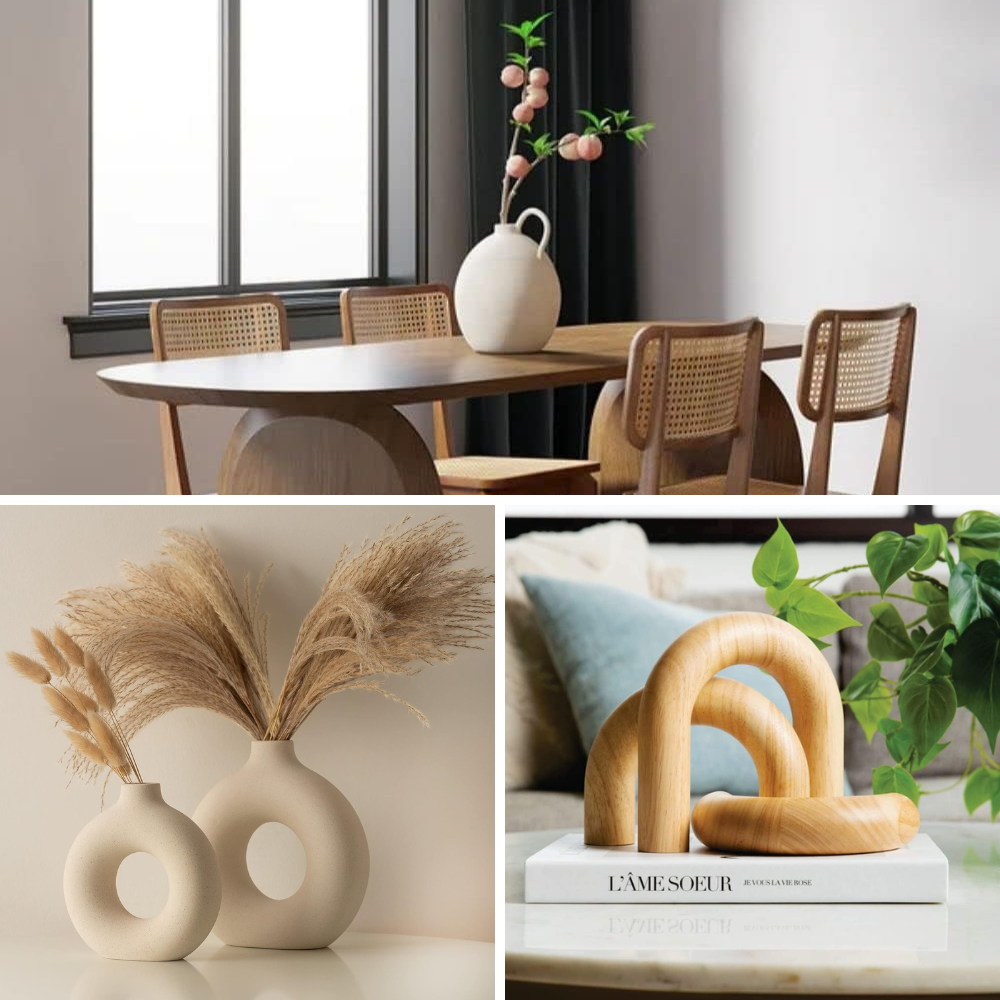

What is the Japandi style?
Japandi style is a hybrid aesthetic that combines the modern, minimalist elements of Japanese design with the cozy, functional aspects of Scandinavian design. It emphasizes natural materials, muted tones, clean lines, and a connection to nature.
How can I incorporate Japandi elements into my existing kitchen?
Start by decluttering and focusing on a neutral color palette. Introduce natural materials like wood or bamboo through furniture or accessories, and consider updating lighting fixtures to create a soft, natural glow. Opt for hidden storage solutions to maintain a clean and serene space.
Are Japandi kitchens expensive to create?
Japandi kitchens focus on quality and simplicity, which can be achieved at various price points. Investing in a few high-quality pieces made from natural materials and adopting a minimalist approach can help you achieve the Japandi look without breaking the bank.

The Japandi kitchen is a testament to the beauty that arises when two distinct design philosophies converge. It's a space that celebrates the simplicity of minimalism, the warmth of natural materials, and the elegance of clean lines. By incorporating hidden storage, quality craftsmanship, and a muted color palette, you can transform your kitchen into a Japandi-inspired haven that exudes calm and sophistication.
